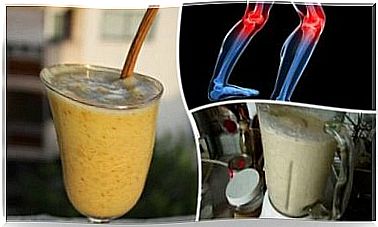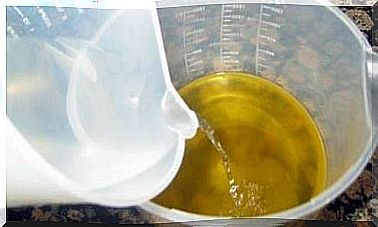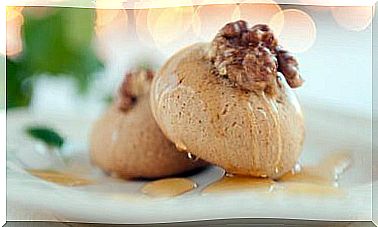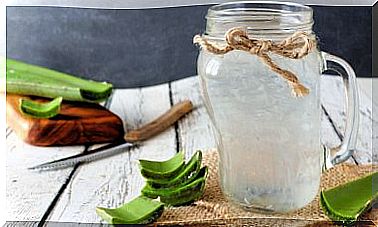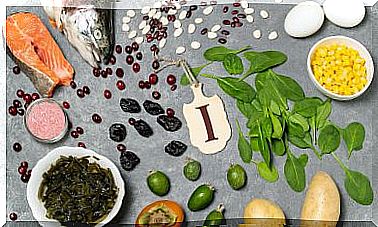Discover Everything You Need To Know About The Soft Diet
Having a healthy diet based on easily digestible products will allow the body to process food without much effort. It is useful after some type of intestinal pathology.
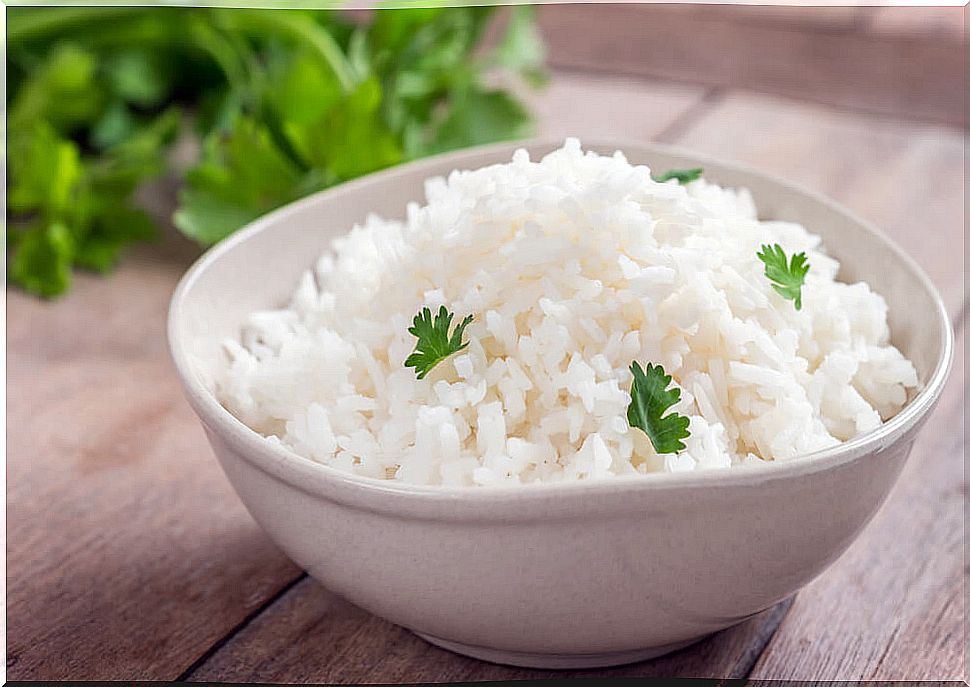
In the great catalog of diets that can be found today in books or on the Internet, very little is said about the soft diet as it is a tool of clinical nutrition. This is not exactly used to lose weight, but to combat digestive system problems.
If you are facing intestinal discomfort or if you have started a long fast, this eating plan will help you regain natural conditions. This way you will return to the usual dishes. For this reason, it is also known as a gastric protection diet.
When should you put it into practice?
The main objective pursued with this diet is to prevent the digestive system from straining when it processes food. The idea is that you recover with the least amount of work possible. In this sense, the products that are consumed must be easily digestible.
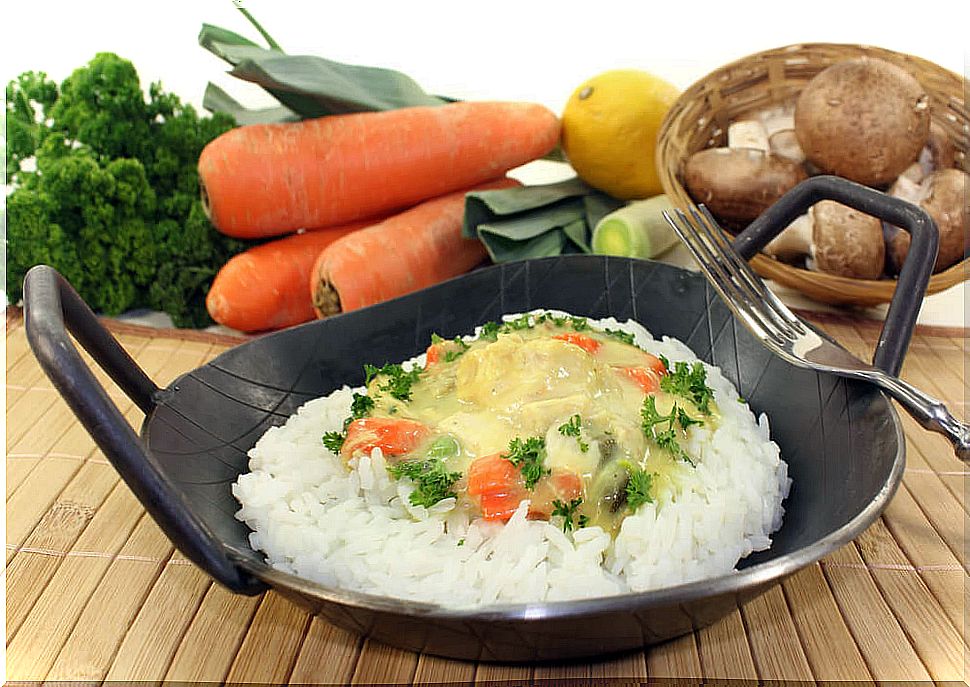
A soft diet is free of saturated fat and does not contain irritants to avoid stimulation of gastric juice secretion. These characteristics make it one of the tolerance diets, which are those that seek to adapt the body to normal nutrition after any illness.
According to research published in the journal Progress in Lipid Research, some lipids such as those of the trans type are capable of promoting inflammatory processes. For this reason, they should be avoided during a soft diet, since its purpose is to facilitate the digestive processes.
What is the soft diet based on?
This is an eating plan that serves as a transition from a liquid diet to a general or normal one. Its implementation will always depend on the conditions, tolerance and characteristics of the patient. Typically, it involves several phases.
As it is a clinical diet, it begins with the consumption of food in periods of 6 to 24 hours together with a liquid replacement. Then move on to a liquid diet where you drink rice, carrot, or tea water. Lastly, semi-solid foods are included.
In this last phase, yogurts and cooked ham are ideal. Also included are meats and fish that must be grilled or baked. All this process will allow the patient to get to his usual diet.
Types of foods that can be consumed
Unquestionably, in a soft diet, those foods that prevent intestinal transit should be chosen. That is why you have to select those that are easily digested. For example:
Rice and its derivatives
These products have astringent properties. You can eat rice, rice grits or foods that are made from rice.
Wheat flour
Also its derivatives or wheat semolina. They are low in fiber and therefore very easy to digest. The good news is that you can eat boiled spaghetti.
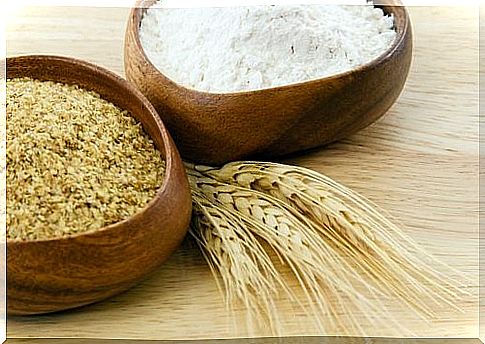
Homemade vegetable and vegetable broths
They promote hydration and provide the amount of electrolytes, minerals and vitamins that the digestive system needs to perform its functions properly.
Tea or herbal infusions
The idea is that the drink is not concentrated, they must be light. One tip is to let the tea boil for a short time. We recommend that you use chamomile and linden par excellence.
Cooked carrots
They have a high amount of soluble fibers that help the proper formation of stool and fight diarrhea. This substance is linked to a lower incidence of diarrhea, according to a study published in Medicine .
Lean white meats
They are ideal after taking several days without consuming protein, since their digestion involves a lot of work. The soft diet should include chicken, turkey, or fish.
Vegetable oils
These should not be subjected to any type of cooking and should be consumed in moderation. The idea is that you use it as a garnish for your dishes, but never to cook food.
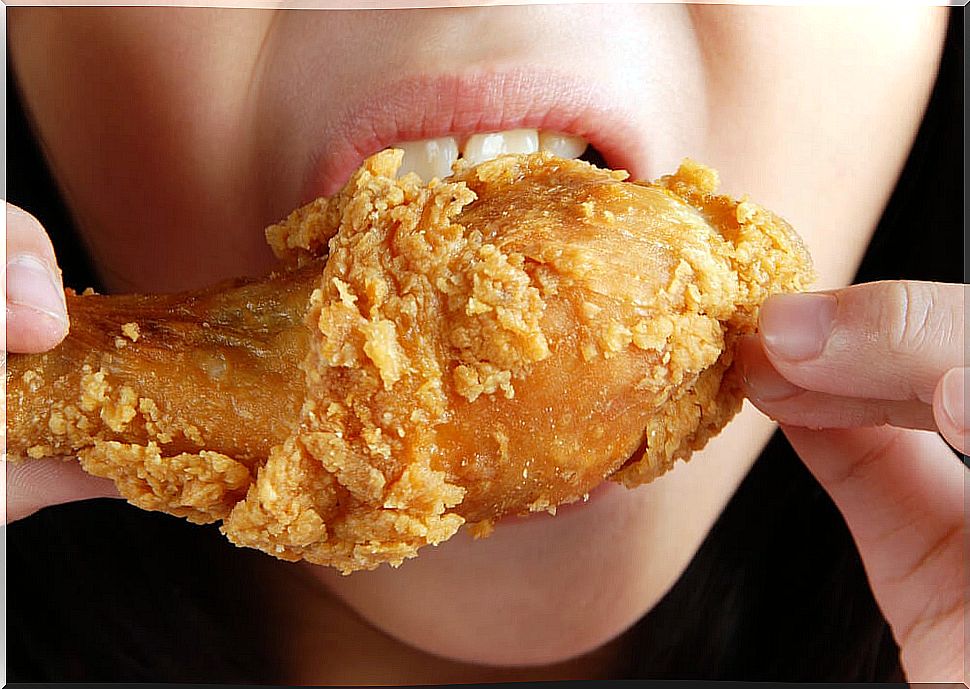
Alert, you can’t eat this
- Fried and very salty foods.
- Processed sauces.
- Coffee.
- Alcohol.
- Acid juices.
- Sodas
- Treats like chocolate.
- Snacks.
- Hot sauces
- Pickles (olives, pickle).
- Tobacco.
Some general recommendations
The soft diet is very easy to follow. It has no complications and is homemade. In this sense, you will only need a little patience because perhaps you may lack some flavor. Like any diet, it deserves commitment, and even more so when it comes to recovering your health.
We recommend that you:
- You try to eat in small quantities. In this way you will help the digestive process to be faster and easier. You can eat several times a day to satisfy hunger, but always in small portions.
- Cook with little salt. This will prevent fluid retention. On the other hand, it has been shown that sodium in large amounts can contribute to the development of hypertension.
- Try to serve your food warm. That is, neither too hot nor too cold, in this way, each food intake will not have a high impact on the digestive system.
- Chew well. This is a point that you must give a lot of importance to. If you chew your food well, you will help digestion to be very easy. In addition, you will feel more full and you will accelerate your metabolism.
The soft diet should not last more than three days. Remember that its main objective is to restore the capacities of the digestive system. If you do not see any evolution, let your trusted specialist know so they can evaluate the process.
